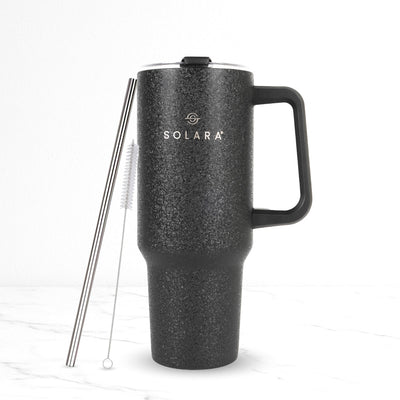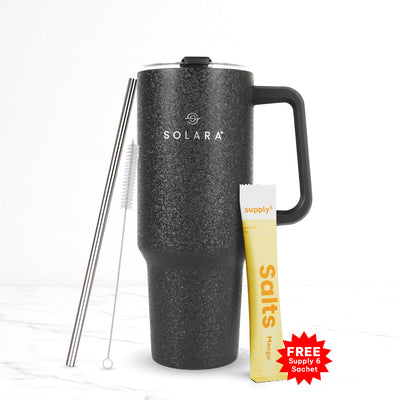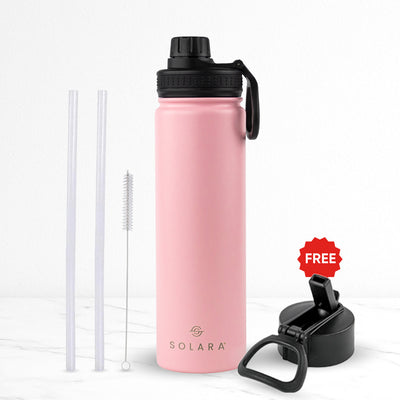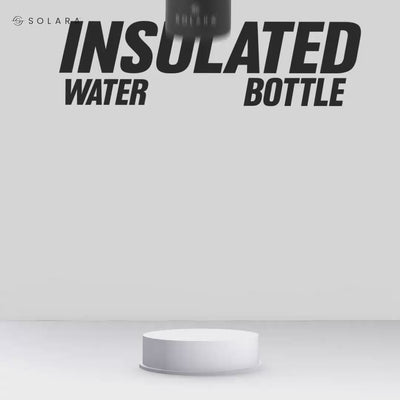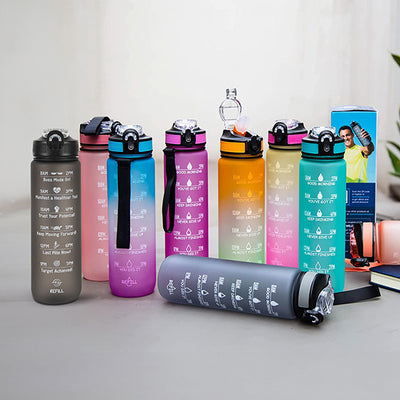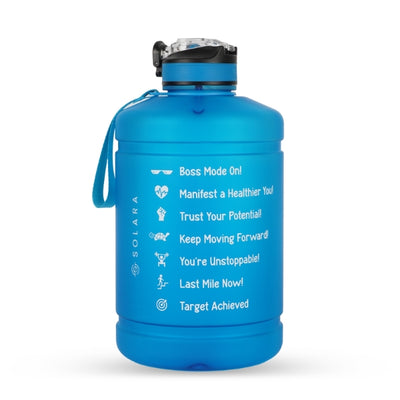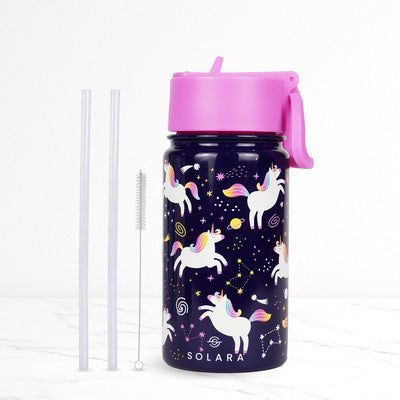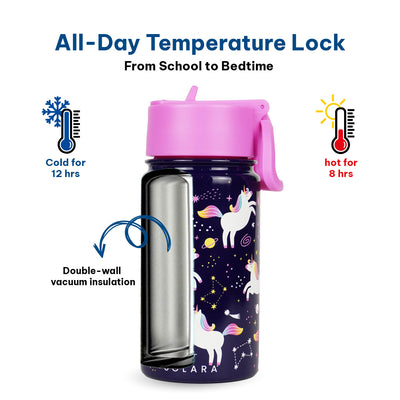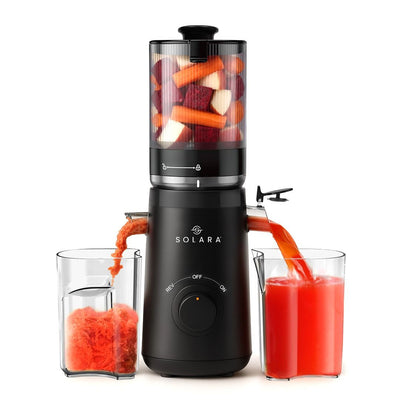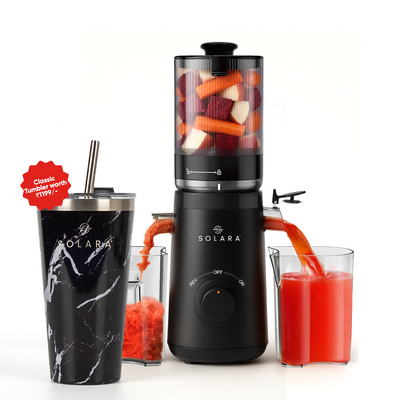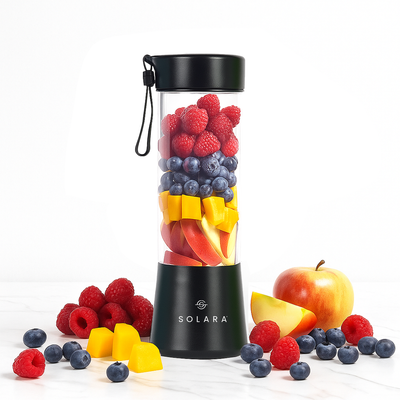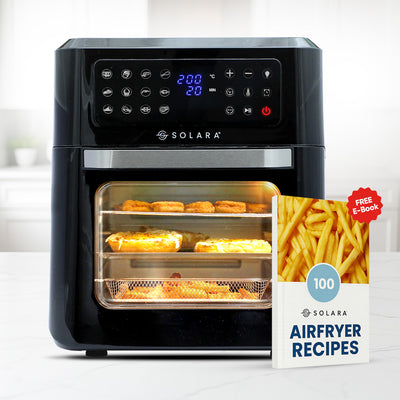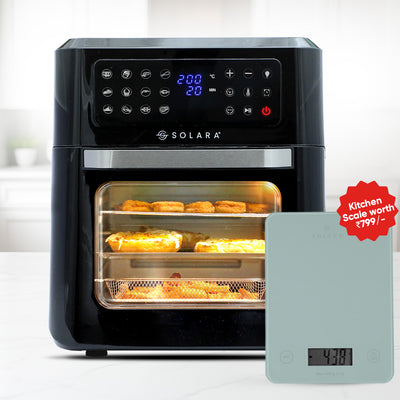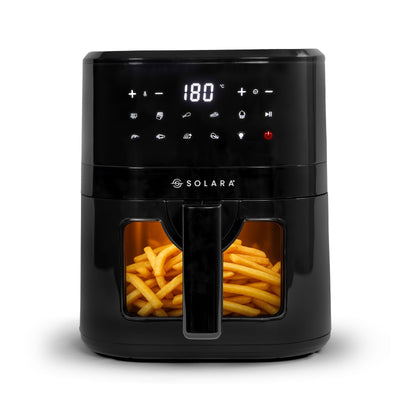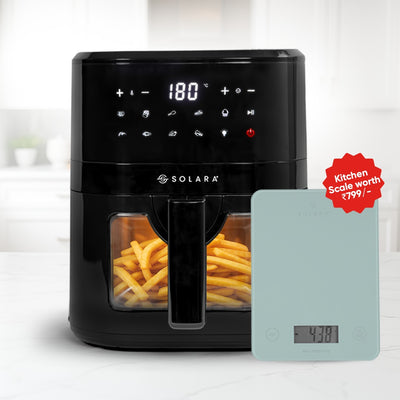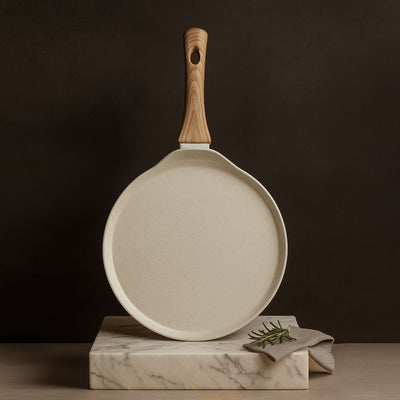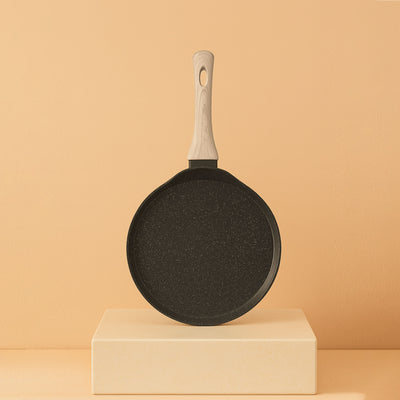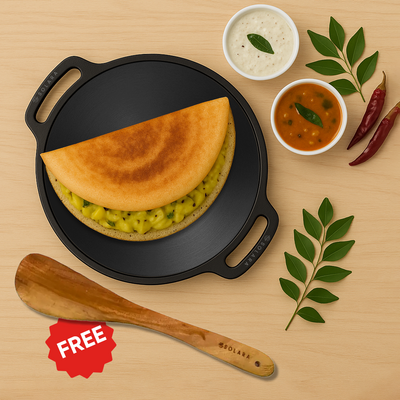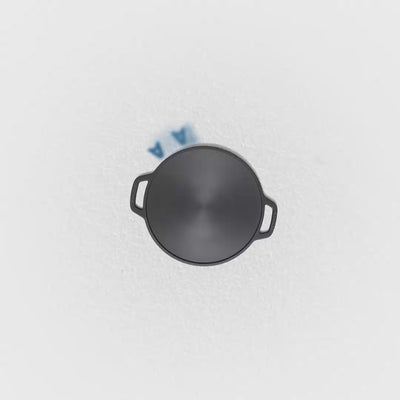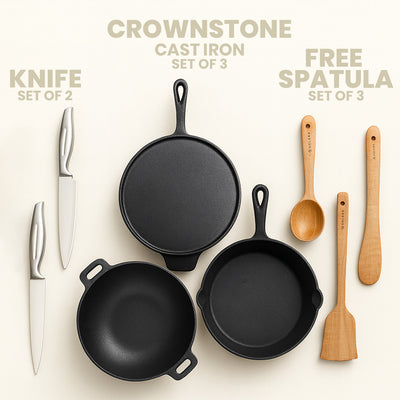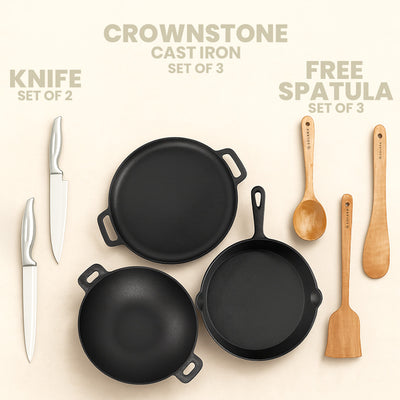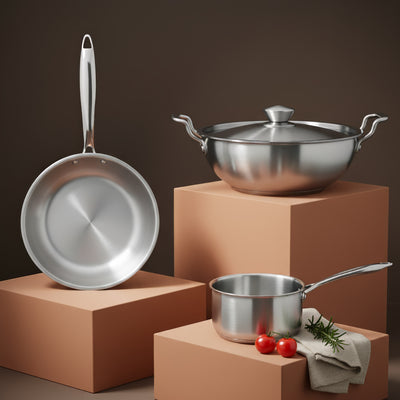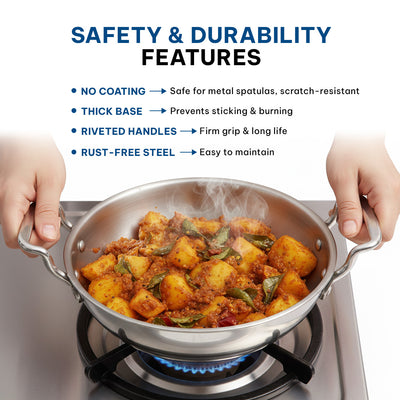In modern life, where people are always busy and often choose quick, processed food over healthy options, juicing has become a popular way to get essential nutrients easily. But when it comes to choosing a juicer, it's not just about how quickly it works (speed). The real question is: Which juicer better protects and preserves the natural goodness and nutrients of fruits and vegetables? That’s where the real value lies not in speed, but in how well the juicer maintains the nutritional “soul” of nature’s ingredients.
What Is a Slow Juicer? (Also Called a Cold Press or Masticating Juicer)
A slow juicer works by gently crushing fruits and vegetables and then pressing them to extract juice. It operates at a low speed typically between 40 to 100 RPM (rotations per minute) which minimizes heat and oxidation. The result? More nutrients, enzymes, and flavor are preserved in your glass.
This process is often referred to as cold press juicing because it avoids heat buildup, making it ideal for leafy greens, herbs, wheatgrass, and soft fruits. Slow juicers are whisper quiet, efficient, and known to produce juice that lasts longer when stored.
What Is a Fast Juicer? (Also Called a Centrifugal Juicer)
A fast juicer, or centrifugal juicer, operates at high speeds up to 15,000 RPM. It uses a spinning metal blade to shred produce while a strainer separates the juice from the pulp. It’s a go-to choice for people who want quick results and don’t mind consuming the juice immediately.
However, the high-speed process introduces more heat and air, which may destroy some heat-sensitive nutrients and reduce the shelf life of the juice. It also tends to struggle with leafy greens and often creates more foam.
Key Differences at a Glance
| Feature | Slow Juicer | Fast Juicer |
|---|---|---|
| Speed | Low (40–100 RPM) | High (Up to 15,000 RPM) |
| Juice Quality | High nutrient retention | Lower nutrient retention |
| Shelf Life | Longer (up to 72 hours) | Short (consume immediately) |
| Noise Level | Quiet | Noisy |
| Best For | Leafy greens, herbs, soft fruits | Hard fruits, quick results |
| Price Range | Slightly higher | Generally more affordable |
| Pulp Dryness | Dryer (more efficient extraction) | Wetter (less efficient) |
Which One Is Better for Your Health?
If maximum nutrition is your top priority, the slow juicer is undeniably the healthier choice. The cold press method preserves vital enzymes, antioxidants, and phytochemicals that help boost immunity, improve digestion, and promote radiant skin and energy.
On the other hand, fast juicers are better suited for those who want a quick glass of juice and are less concerned about nutrient retention or are juicing mostly hard fruits like apples or carrots.
Why Choose a Slow Juicer for Your Wellness Ritual?
When you take time to nourish your body, it’s not just about food it’s a conscious act of self-love. A slow juicer aligns with this intention. It respects your ingredients, extracts their very essence, and delivers a juice that’s not just rich in color and taste but also in life-giving properties.
Choosing a SOLARA Slow Juicer, for instance, ensures you’re backed by trusted technology, modern design, and the assurance of toxin-free materials. It's more than a juicer it’s your wellness companion.
Conclusion: Nourish Mindfully, Live Fully
In the battle of speed versus soul, the slow juicer comes out ahead for those who value health, flavor, and longevity. While fast juicers win on time, they compromise on the very essence of what makes juicing worth it—nutrition.
So if you're ready to slow down, sip mindfully, and let nature’s nectar flow in its purest form, a slow juicer is your best bet.
Recommended Articles :
How to Use a Slow Juicer for Maximum Nutrition and Flavor
The Secret Behind Portable Blenders: How They Blend Convenience and Power
How to Make Healthy Living Effortless with the Right Portable Blender

